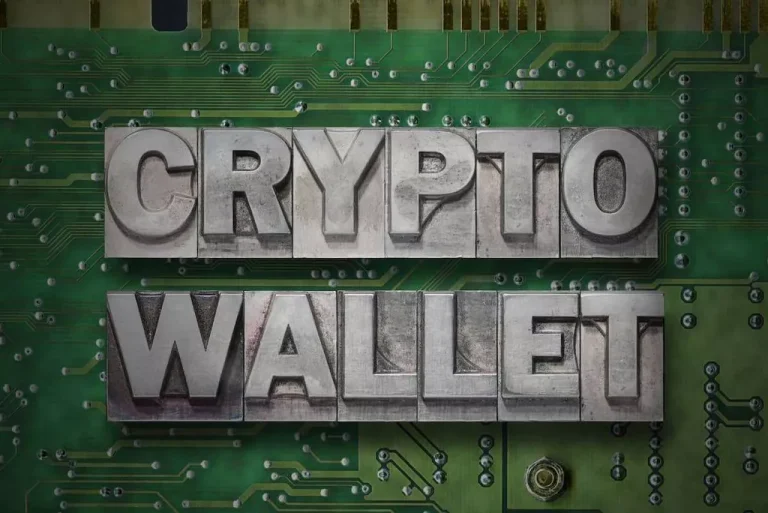The Impression Of Mica On The Crypto Trade Fibe Fintech Pageant Berlin
Nevertheless, discussions about extending the regulatory framework to include these areas are underway. Future amendments are expected to deal with these rising sectors, as DeFi and NFTs are growing in significance throughout the broader crypto area. While MiCA’s long-term benefits embody clarity and stability, the road to compliance is fraught with challenges. Whether the EU can strike the best balance between oversight and innovation will decide how the regulation shapes the future of the crypto business. MiCA’s implementation has positioned high demands on crypto corporations, requiring substantial changes to their inside https://www.xcritical.in/ operations.
- For businesses, this requirement not only ensures compliance but additionally serves as a advertising tool, showcasing their commitment to transparency and moral practices.
- Our expert team has guided over 200 crypto enterprises through profitable regulatory implementation.
- This ensures that buyers aren’t left guessing about what they’re placing their money into.
- Moreover, MiCA doesn’t cowl lending and borrowing of crypto belongings, nor does it apply to crypto assets that can’t be transferred from one holder to a different.
How Mica Will Shape The Way Ahead For Crypto
Undeniably, MiCA will play an enormous position in how different jurisdictions, especially these without a lot experience in financial regulation and supervision, take into consideration their very own crypto-asset framework. The licensing process requires companies to reveal robust financial reserves, adjust to anti-money laundering (AML) tips, and provide detailed transparency reviews. In Accordance to the European Securities and Markets Authority (ESMA), these necessities are aimed toward constructing belief in the market and making certain that companies function with integrity and accountability.

Underneath the MiCA crypto regulation, companies that present crypto-asset services—including trading platforms, exchanges, and wallets—must safe authorisation to operate within the EU. This entails thorough vetting and adherence to stringent criteria set by regulatory authorities. Successfully achieving MiCA compliance requires a scientific approach that addresses regulatory necessities whereas sustaining operational effectivity.
MiCA, or Markets in Crypto-Assets, is a complete regulation handed by the European Union to govern the issuance and buying and selling of crypto-assets across all EU member states. It establishes a authorized framework for crypto-asset service providers (CASPs), together with exchanges and pockets providers, to ensure higher transparency, investor protection, and market integrity. MiCA is essential as a result of it brings regulatory readability to a previously unregulated trade, making it safer for both companies and traders. The Markets in Crypto Assets Regulation (MiCA), partially enacted on June 30, 2024, aims to promote innovation by setting clear guidelines for crypto asset service providers all through the EU.

The 4 firms be part of the ranks of corporations like Circle and Socios.com in obtaining regulatory approval through the EU’s new framework. As crypto momentum gains pace, what does this mean What Is Markets in Crypto-Assets for the trade, for companies, and for the millions of investors? To reply that, let’s break down the core of MiCA, why it was brought in, and how it’s reshaping the sport. One of the primary concerns revolves around the core ideas of distributed ledger technology, such as decentralisation and peer-to-peer transactions. These fundamental features of crypto may conflict with the nature of presidency regulation, which traditionally depends on centralised oversight and control. Our intensive experience implementing MiCA compliance throughout various crypto business models reveals critical success components that distinguish thriving enterprises from these struggling with regulatory adaptation.
Key Transitional Guidelines
Tamta is a content author based mostly in Georgia with five years of expertise masking world monetary and crypto markets for information outlets, blockchain corporations, and crypto companies. With a background in greater education and a private interest in crypto investing, she focuses on breaking down advanced ideas into easy-to-understand information for model spanking new crypto traders. Tamta’s writing is both professional and relatable, ensuring her readers achieve valuable insight and knowledge. The Markets in Crypto-Assets regulation represents the European Union’s definitive response to cryptocurrency’s regulatory gaps, establishing the world’s most complete digital asset framework. Not Like previous attempts at crypto regulation, MiCA creates unified guidelines throughout all 27 EU member states, eliminating the regulatory arbitrage that beforehand allowed businesses to store for favorable jurisdictions. This analysis provides crypto businesses with the great understanding needed to navigate MiCA’s necessities successfully.
For crypto companies trying to keep ahead, now is the time to adapt, implement compliance methods, and seek regulatory steerage. The future of crypto shall be shaped by those who embrace transparency, safety Non-fungible token, and regulatory innovation. As the MiCA laws evolve, they will bring extra certainty to the markets for crypto assets. The EU market is the single largest internal market on the earth with 450 million comparatively wealthy consumers.
This regulation officially came into effect on January 4th, 2021, and aims to supply clarity and certainty for people and companies concerned within the crypto market. The implementation of MiCA has significantly boosted adoption charges for compliant crypto transactions. Both shoppers and institutional investors are now engaging with digital assets more confidently, figuring out that transactions are regulated and safe. MiCA is a game-changing regulation that may set international standards for crypto-asset regulation.
Navigating the complicated nationwide regulatory patchwork of 27 totally different rulebooks grew to become a very pricey and burdensome endeavor. Undoubtedly, this has constrained the growth of EU startups, and restricted their competitiveness vis-a-vis their US or Asian counterparts. Once an organization has been granted a MiCA license in a single nation, it is going to be capable of “passport” it and provide the licensed service throughout the whole single EU crypto market. One of MiCA’s most profound impacts is the legitimacy it confers on the entire crypto ecosystem. By standardising regulations, MiCA might encourage governments and policymakers to view digital belongings more favourably, probably leading to elevated support for the trade and its companies.

The EU is already working on the “Pilot Regime”, an experimental framework for tokenizing traditional monetary securities, permitting for new forms of issuance and trading in a controlled surroundings. Binance, one of many largest crypto exchanges, has preemptively restricted some providers for customers inside the European Economic Space (EEA). MiCA introduces robust security measures, significantly decreasing fraud, hacks, and illicit transactions within the EU’s cross-border crypto payments market. Startups can help themselves by utilizing tech and regulatory expertise (RegTech) to make compliance a bit smoother. Partnering with specialised blockchain service providers can even assist them combine crypto options, letting them give consideration to rising their companies.
For issuers of stablecoins MiCA mandates full reserve backing and redemption mechanisms to ensure the steadiness and reliability of these assets. These requirements address consumer considerations about the volatility and reliability of stablecoins, making compliant issuers more enticing to each professional investors and newbie customers. At Present, MiCA doesn’t comprehensively cover decentralized finance (DeFi) or non-fungible tokens (NFTs).
Adresa
Hotel Korsal
Šetalište Frana Kršinića 80
20260 Korčula, Hrvatska-

-

Kontakt
Telefon: +385 20 715 722
E-mail: info@hotel-korsal.com

